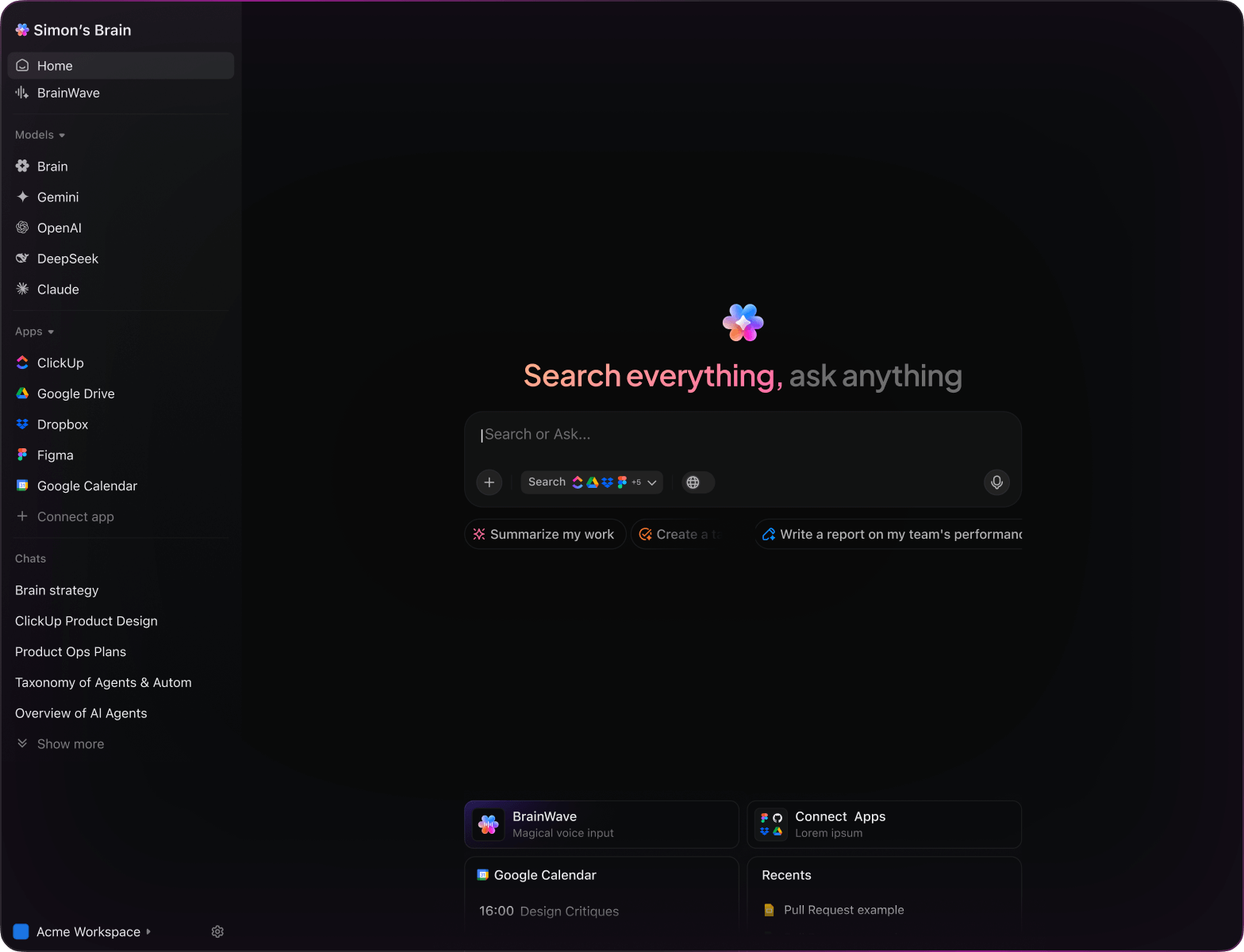Project Planning with AI
Top AI Prompts for Defining Project Scope
Clarify objectives, outline deliverables, and align your team effortlessly using ClickUp Brain's intelligent prompts.
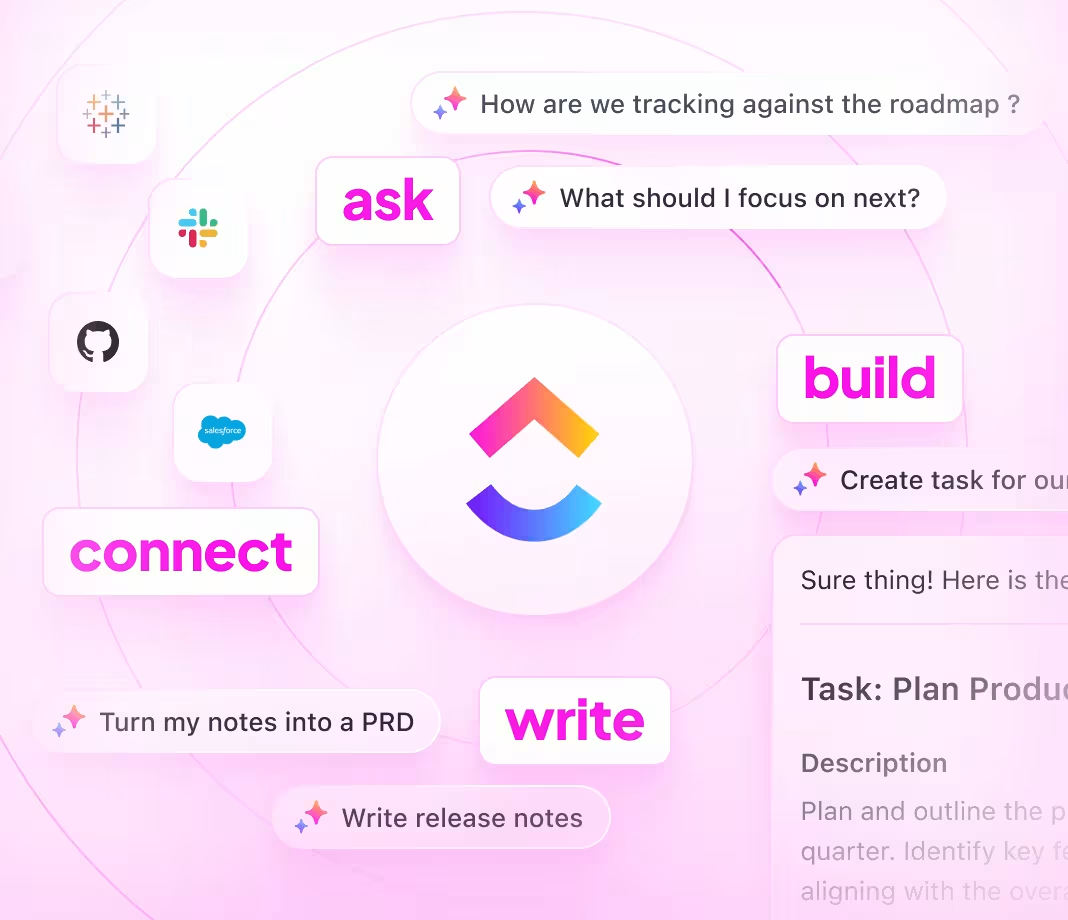
Trusted by the world’s leading businesses
AI Empowering Project Planning
Harness AI Prompts to Define Project Scope with ClickUp Brain
Setting clear project boundaries and objectives is the foundation of successful outcomes.
From gathering stakeholder input to outlining deliverables and timelines, defining scope involves juggling many details—and countless revisions. AI prompts are changing how teams tackle this complexity.
With ClickUp Brain, teams can now:
- Quickly extract key goals and constraints from meeting notes
- Generate precise scope statements and objective lists with minimal effort
- Clarify ambiguous requirements by summarizing stakeholder feedback
- Transform scattered ideas into structured project plans and task breakdowns
Integrated directly into familiar tools like docs, whiteboards, and task boards, AI prompts in ClickUp Brain don’t just assist—they actively shape your project framework into clear, manageable action steps.
ClickUp Brain Compared to Conventional Solutions
Why ClickUp Brain Stands Apart
ClickUp Brain integrates seamlessly with your workflow, understanding your context so you can focus on delivering results.
Conventional AI Assistants
- Constantly toggling between apps to collect information
- Repeating project details with every query
- Receiving vague, irrelevant suggestions
- Hunting through multiple platforms for documents
- Interacting with AI that lacks initiative
- Manually choosing between different AI engines
- Merely a browser add-on with limited capabilities
ClickUp Brain
- Instantly accesses your projects, notes, and team communications
- Keeps track of your objectives and progress
- Provides precise, context-driven guidance
- Searches all your resources in one place
- Supports hands-free commands with Talk to Text
- Automatically selects the optimal AI model: GPT, Claude, Gemini
- Dedicated Mac & Windows app designed for efficiency
Prompts for Project Scope Definition
15 Essential AI Prompts for Defining Project Scope and Objectives
Clarify your project goals—scope, deliverables, and success criteria made simple with ClickUp Brain.

Identify 5 key focus areas for a new marketing campaign targeting millennials, based on the ‘Q3 Strategy’ document.
ClickUp Brain Behavior: Analyzes the linked document to extract main themes and suggests strategic focus points.

What are the critical success factors for launching a mobile app under $50K budget in North America?
ClickUp Brain Behavior: Gathers insights from internal project plans; Brain Max can supplement with relevant market data if accessible.

Draft a project charter for a website redesign emphasizing user experience improvements. Reference ‘UX Research Summary’ and prior meeting notes.
ClickUp Brain Behavior: Pulls relevant details from linked files to create a structured project charter draft.

Summarize scope differences between Project Alpha and Project Beta using the ‘Scope Comparison Q1’ document.
ClickUp Brain Behavior: Extracts and compares key scope elements from internal documents, presenting a concise summary.

List top risk factors identified in recent software development projects, referencing risk logs and post-mortem reports.
ClickUp Brain Behavior: Reviews internal records to compile a prioritized list of common risks and mitigation notes.

From the ‘Requirements Validation’ document, generate a checklist for confirming project objectives.
ClickUp Brain Behavior: Identifies validation criteria and formats them into an actionable checklist within a task or document.

Summarize 3 emerging trends in stakeholder engagement strategies from recent project reviews and research papers.
ClickUp Brain Behavior: Detects patterns and key takeaways from linked documents and notes.

From the ‘Client Feedback Q2’ document, summarize main expectations for deliverables and timelines.
ClickUp Brain Behavior: Extracts recurring themes and priorities from client feedback and project updates.

Write clear and concise project objective statements using the tone guidelines in ‘CommunicationStyle.pdf.’
ClickUp Brain Behavior: References tone and style guides to suggest polished objective descriptions.

Summarize recent changes in industry standards affecting project scope definitions and how they impact our planning.
ClickUp Brain Behavior: Reviews compliance documents and highlights relevant updates influencing scope management.

Generate guidelines for defining measurable project milestones, referencing best practices in our workspace.
ClickUp Brain Behavior: Extracts criteria and formats them into a practical milestone-setting checklist.

Create a risk assessment checklist based on ‘Project Risk Framework 2025’ and past project data.
ClickUp Brain Behavior: Identifies risk categories and assessment steps, organizing them into a structured checklist.

Compare scope management approaches across three recent projects using our internal analysis documents.
ClickUp Brain Behavior: Summarizes differences and lessons learned in a clear, easy-to-read format.

What are the latest best practices for defining project objectives in agile environments since 2023?
ClickUp Brain Behavior: Synthesizes insights from recent research, case studies, and internal reports.

Summarize key challenges in scope creep management from feedback collected across multiple project teams.
ClickUp Brain Behavior: Extracts and prioritizes common issues and suggested solutions from survey responses and notes.
Shape Projects Clearly with ClickUp Brain
Cut confusion, align your team, and craft precise plans using AI-driven project frameworks.





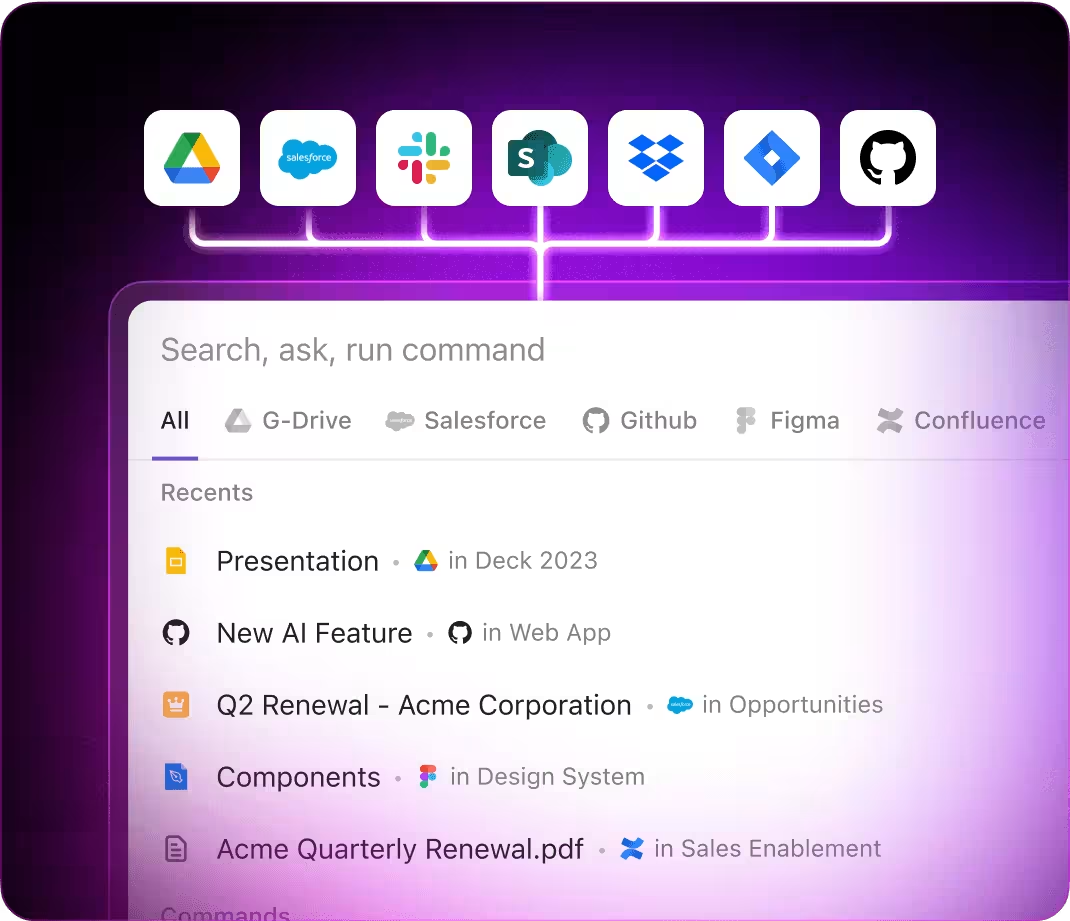
LLMs vs. Workflow Intelligence: How ClickUp Brain Defines Project Scope
Discover How ChatGPT, Gemini, Perplexity, and ClickUp Brain Shape Project Objectives
ChatGPT Project Scope Prompts
- Outline a 5-point project scope summary focusing on key deliverables and stakeholder goals.
- Draft a project charter emphasizing timeline, budget, and resource allocation.
- Generate 3 alternative objective statements for a software launch and highlight their strategic impact.
- Write a stepwise plan for defining project milestones in a product development cycle.
- Compare recent project scopes and summarize top client requirements for upcoming initiatives.
Gemini Objective Definition Prompts
- Develop 3 alternative goal frameworks for a marketing campaign based on prior performance data.
- List innovative risk management strategies tailored for complex projects.
- Produce a vision board description for a new product launch highlighting target markets and key features.
- Suggest resource allocation plans for a cross-functional team and rank them by efficiency.
- Create a comparison chart for three project proposals focusing on scope, impact, and feasibility.
Perplexity Scope Analysis Prompts
- List 5 critical success factors for project initiation and rank them by importance.
- Provide a comparison of project management methodologies, highlighting adaptability and control.
- Summarize industry trends in scope definition and their effect on project outcomes.
- Generate a list of 5 stakeholder engagement techniques and rank by effectiveness.
- Compare past project scopes and extract top 3 lessons for refining objectives.
ClickUp Brain Scope & Objectives Prompts
- Transform this project kickoff discussion into clear objectives and assigned tasks.
- Summarize stakeholder feedback and create follow-up action items with deadlines.
- Analyze project requirement documents and generate a checklist for scope validation.
- Compile a task list from team meetings on deliverable definitions, including priority tags.
- Summarize retrospective notes and produce actionable improvements for future project phases.
How ClickUp Supports You
Shape Your Project Scope with Confidence
- Transform initial thoughts into clear project outlines swiftly.
- Draw inspiration from previous project goals and outcomes.
- Build adaptable templates that accelerate planning phases.
Brain Max Boost: Quickly access past scopes, objectives, and team notes to guide your current project definition.
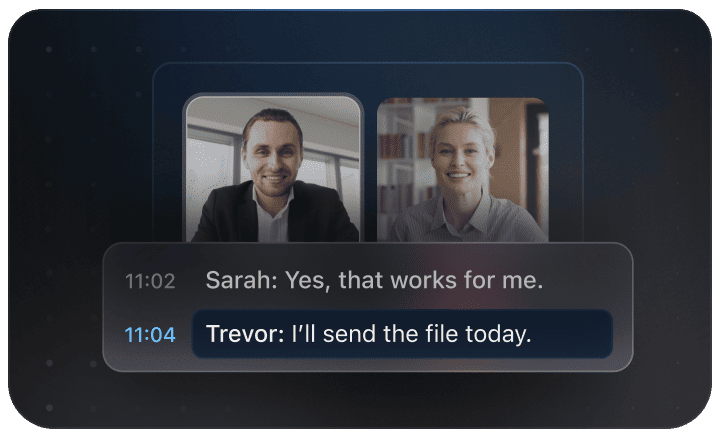
Why Choose ClickUp
Accelerate Defining Project Scope and Goals
- Break down broad ideas into precise, manageable objectives.
- Transform initial concepts into detailed, assignable tasks.
- Automatically create comprehensive scope summaries and progress reports—no extra effort.
Brain Max Boost: Instantly access previous project scopes, objective templates, or requirement details across your workspace.
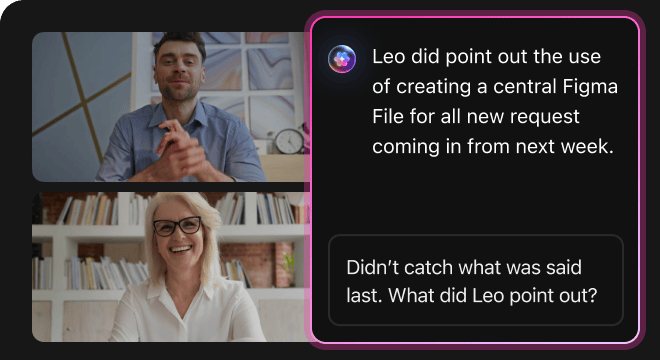
AI Advantages
How AI Prompts Elevate Every Phase of Project Scope Definition
AI prompts accelerate clarity and empower precise, actionable project objectives.
Craft Clear Project Goals Quickly
Teams outline focused objectives faster, align expectations early, and prevent scope confusion.
Enhance Decision-Making Confidence
Make informed choices, reduce ambiguity, and set targets that resonate with stakeholders and teams alike.
Identify Scope Gaps Early
Detect potential issues before they escalate, improve deliverable quality, and keep timelines on track.
Unify Team Understanding
Strengthen collaboration, minimize misunderstandings, and accelerate consensus among project contributors.
Drive Innovative Project Planning
Inspire creative approaches, refine objectives, and maintain a competitive edge in project execution.
Integrated AI Support Within ClickUp
Transforms AI insights into actionable plans that propel your projects forward efficiently.
Speed Up Your Project Planning
Cut down mistakes, simplify transitions, and generate sharper results using AI support.





